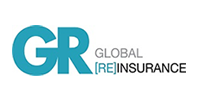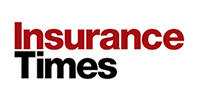Attempts to cut repair costs by insurers could increase the risk of injuries or fatalities if repaired cars are involved in a subsequent accident, according to a new study.
The study by Trend Tracker says independent bodyshops need to invest in new equipment and techniques, but claims many are not making enough money to do so.
Report co-author and Trend Tracker director Robert Macnab said: “Insurers could be in breach of their duty of care obligations if repaired cars are involved in subsequent accidents involving injuries or loss of life, particularly where an insurer has intervened and prescribed a cost-saving alternative repair method to that specified by the manufacturer.”
Insurers, adds Macnab, will increasingly need to employ specialist, manufacturer-approved bodyshops capable of repairing specific types of car or specific types of damage.
The report notes that manufacturers are using new materials including high strength and ultra high strength steels, aluminium and plastic composites which cannot be repaired properly with traditional techniques.
Phase 2 of the EU pedestrian safety legislation to be implemented by 2010 will require significant changes to vehicles' front-end design and construction.
The report states that as vehicle construction becomes more complex, both in terms of the vehicle structure and the use of more active-safety electronic systems, vehicle manufacturers are increasingly stipulating make or model specific repair methodologies to maintain structural and systems integrity.
It says that over the next few years, bodyshops will need to invest in new equipment and training to repair the latest-generation vehicles, but many are making too little money to afford that investment.
Unless the bodyshop members of insurers' approved repair networks are able and willing to invest in new techniques, insurers will need to place more accident-damaged cars with the relevant manufacturer's approved repair network, to avoid any potential duty of care liabilities.
If insurers are forced to place a higher proportion of repairs with manufacturer-approved dealer bodyshops, these are likely to seek higher labour rates for approved body repairs, which could help drive up insurance premiums.













































